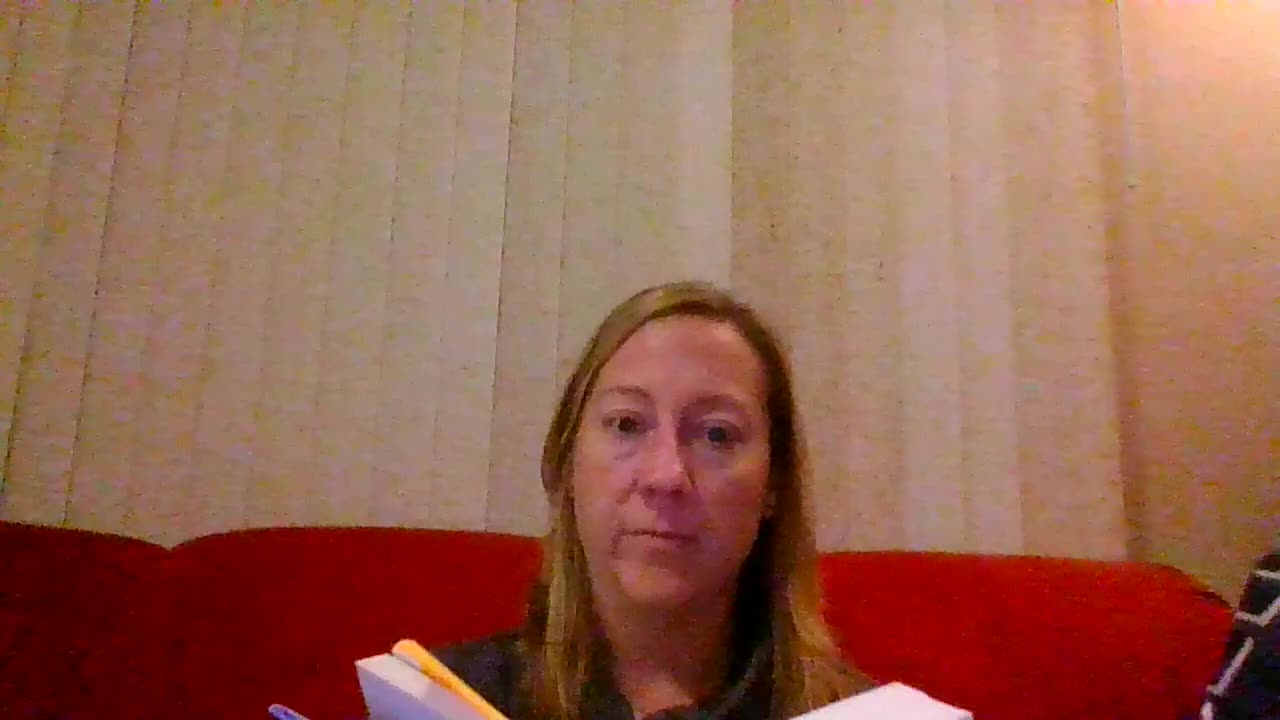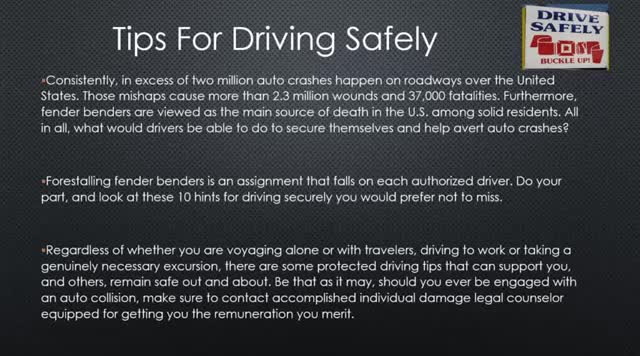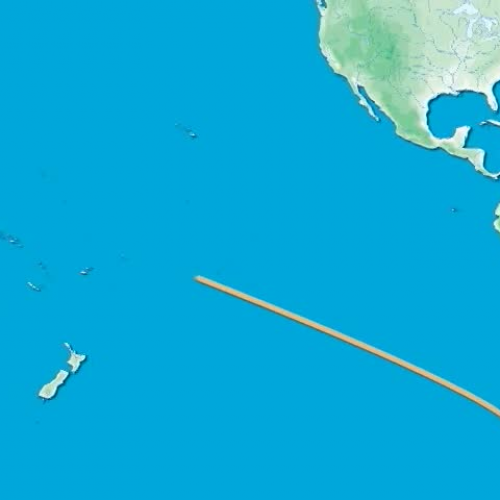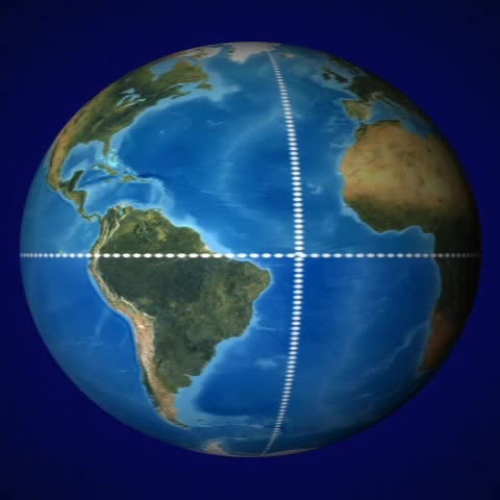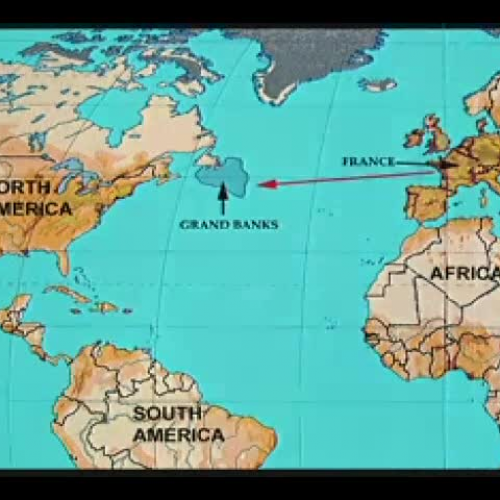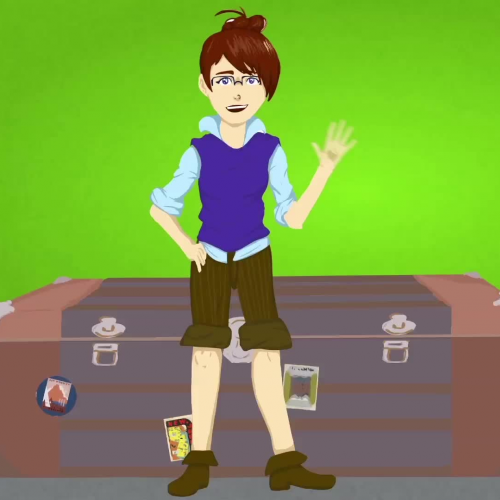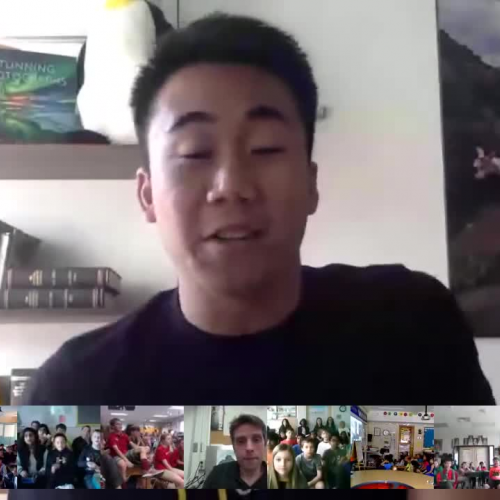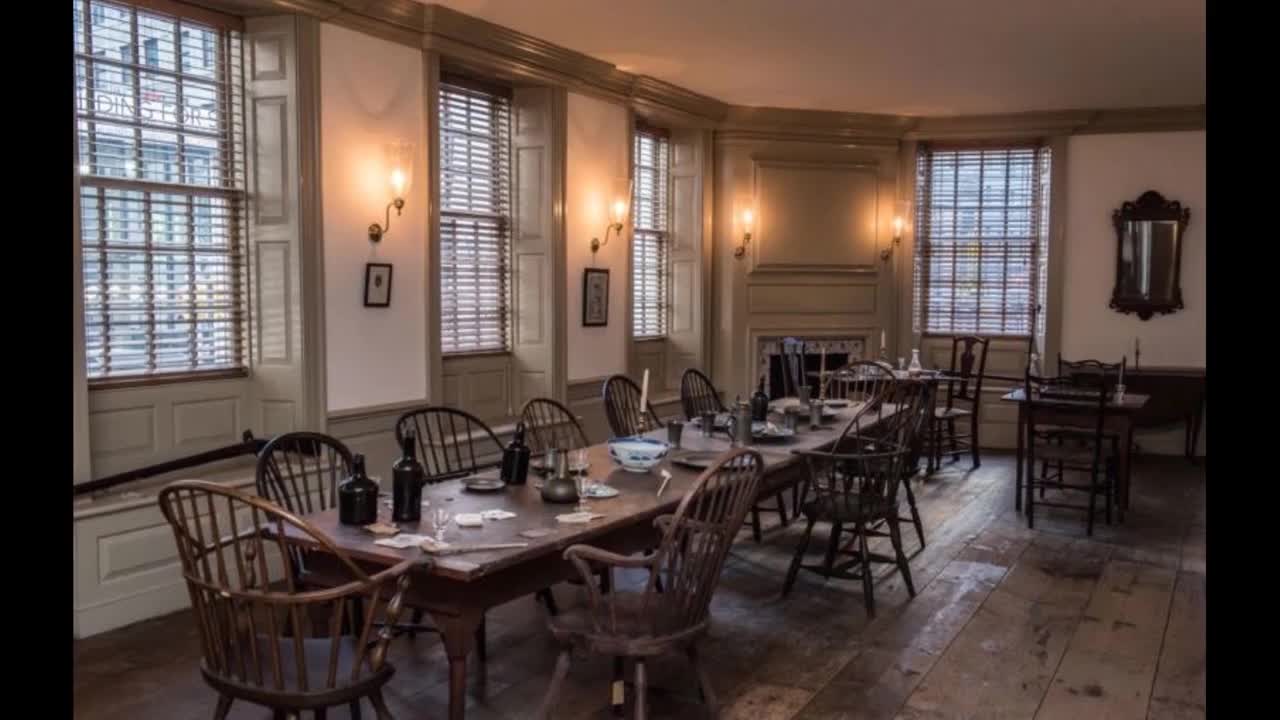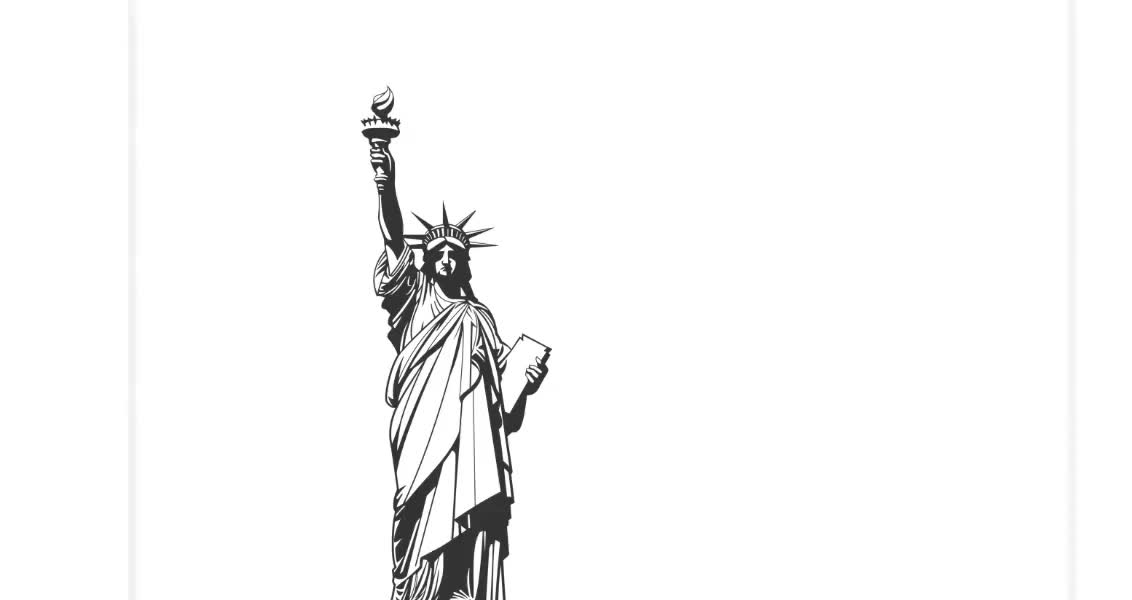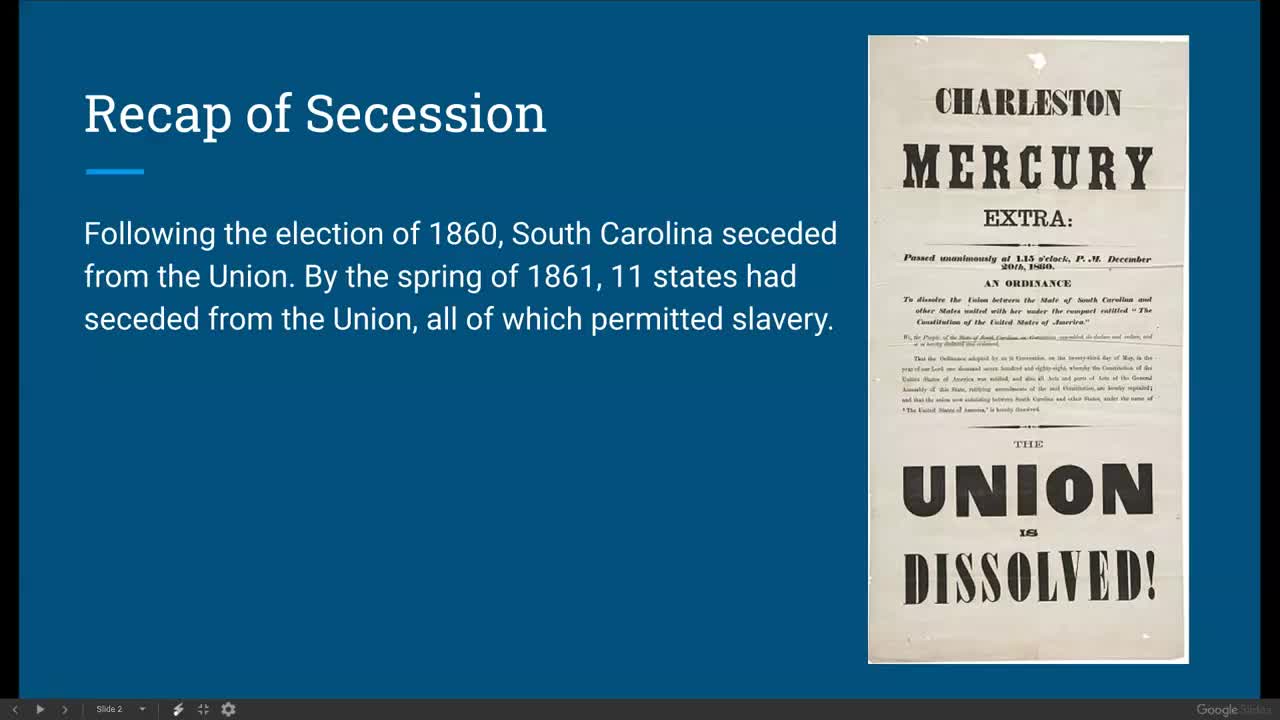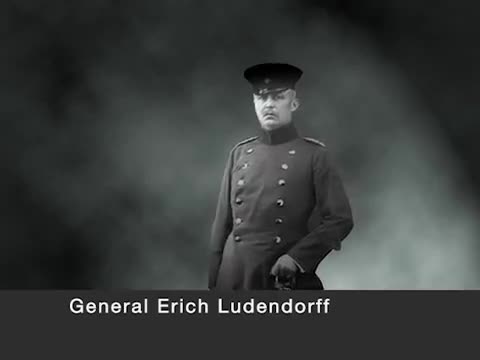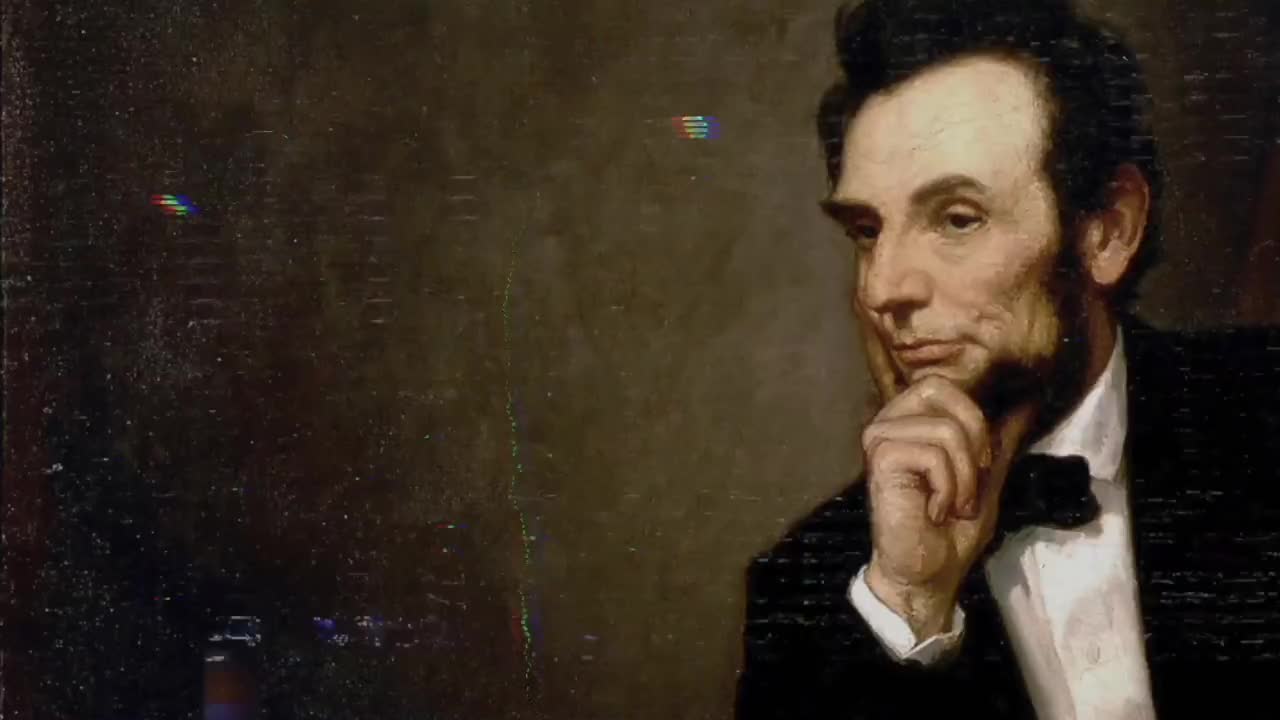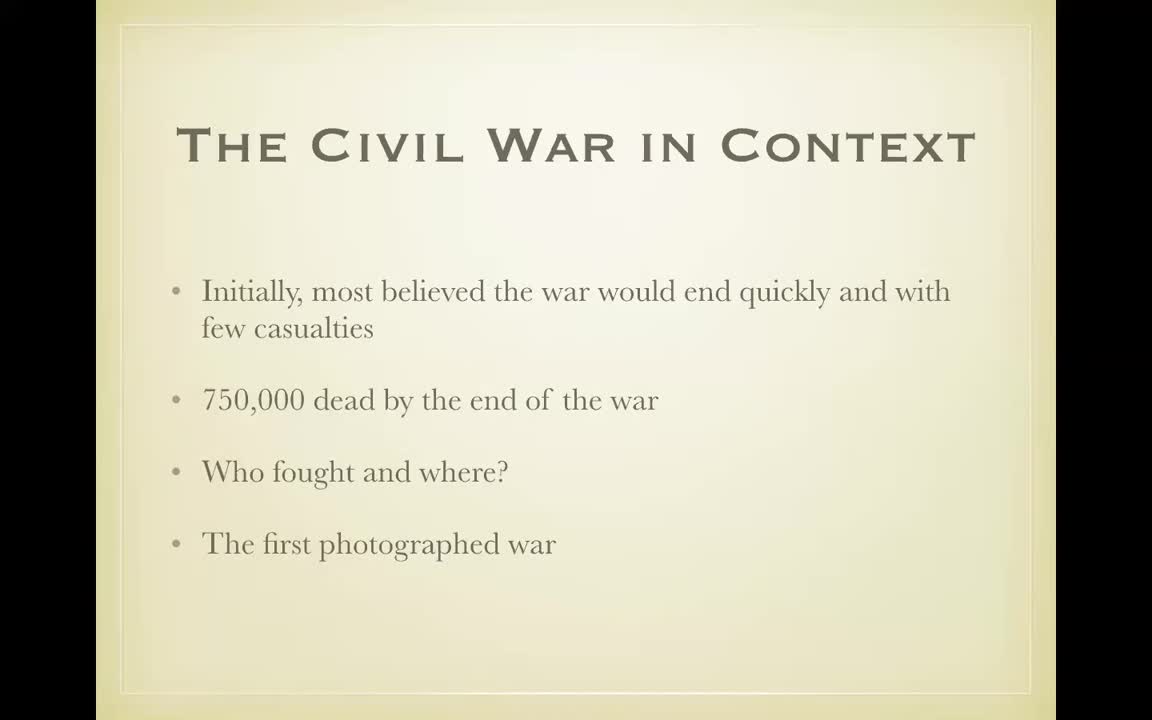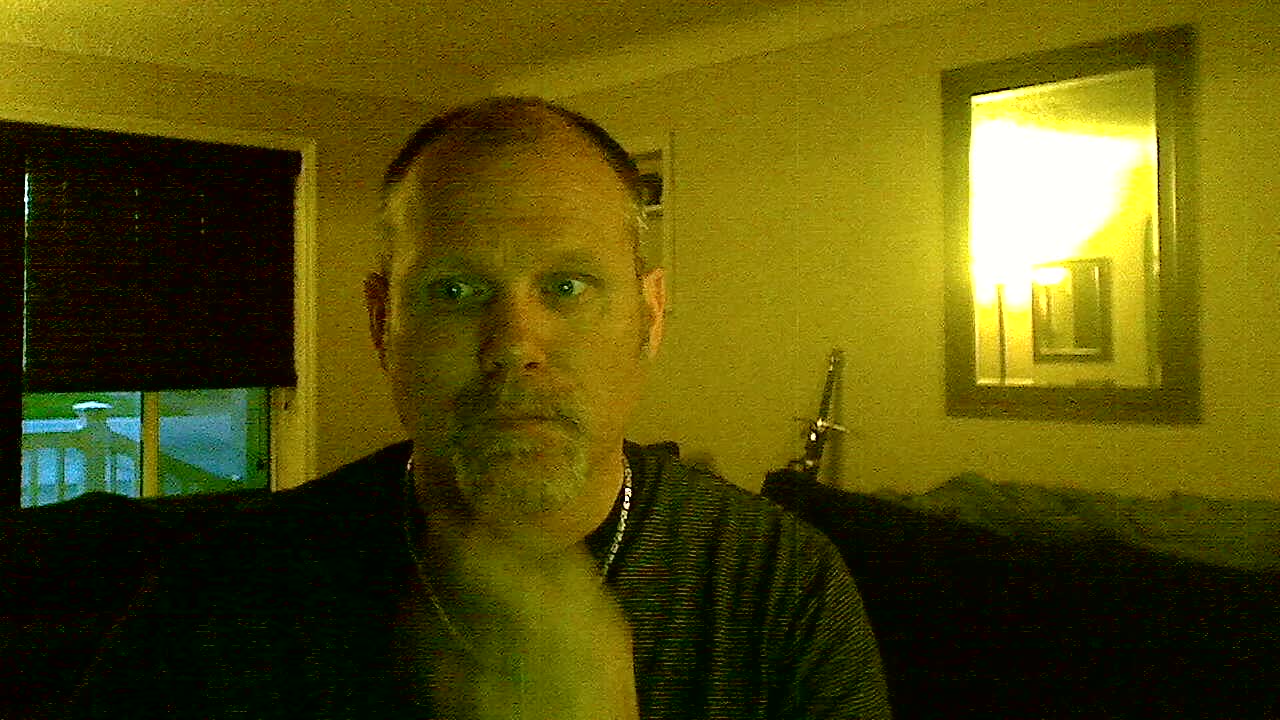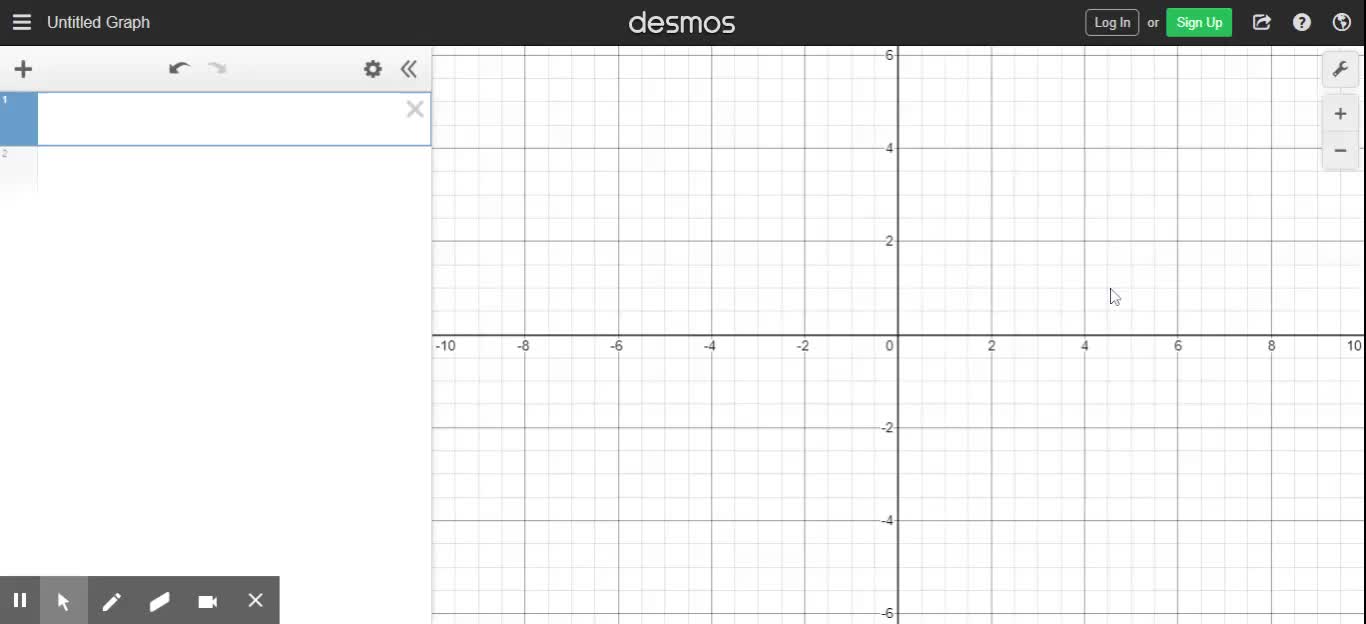Early Explorers
High School / History / Exploration
All right, no time. The air Diego, my son. I am writing to tell you that I miss you. And I'm sorry I can't be there right now. I know you understand that I'm about to leave on a strange and exciting journey of exploration. It is important for us to continue to explore new places so that we may learn and grow. I'm excited because a few days ago your mother told me that you too want to be an explorer and that makes me so proud. Exploration of new and mysterious places has been part of the heritage of her family for hundreds and hundreds of years. I didn't know that. Our ancestors were explorers, much like I am today. And much like you will be when you get older. Only the place that they explored is the same place we now call home. North America. Diego, I think you're old enough now to learn about the great exploration of our ancestors. And the many other explorers who dedicated their lives to the exploration of new lands. It is my hope that one day you will pass down this history to your children too. Exploration of this area started long ago. By land and sea, these early explorers set out for different reasons. Most hope to establish new trade routes and find riches. Many claim new land for their home countries. Still others were motivated by religious faith. Our history books begin the age of exploration with the 14th century, but there is evidence that exploration across the oceans began much earlier. In the 11th century, Viking searching for new hunting and fishing grounds happened upon North America. Leave Eriksen was one of those early exporters. Shortly after arriving in the new land, the Vikings established a settlement in the eastern shores of Canada. They called this land vinland. If I can state on only a few years before returning to their homeland, the reason for their leaving is unknown, but some say that they were driven out by the local natives. In 1271, Marco Polo explored the continent of Asia. Because of his travels, trade routes were established. Trade routes are paths or ways people used to get goods from one place to another. The people of Europe wanted the precious silk, porcelain, jewels, and spices that were abundant in Asia. But in 1453, when the Muslims took control of the country along the trade routes, Europeans could no longer freely travel through the Middle East to Asia. They could only buy from the Italian merchants in the city states of Venice and Genoa that the Arab trader sold to. The cost of goods from Asia, skyrocketed. Europeans still wanted these goods, so they hoped to find another route to Asia. I showed one. Over water. A water wood would mean that Europeans could travel around the Muslims and trade directly with the merchants in Asia. Diego, I made a copy of an old map I found in the library for you. What? Oh. This is what people in the early 14th century thought the world was like. Can you see why these explorers were very brave? Many people thought the world was flat. But if the world was round, it appears good sail west to get to the far east. In 1492, an explorer by the name of Christopher Columbus set out from Spain to do just that. Columbus was sponsored by Queen Isabella of Spain to find a new trade route to the far east. Instead of reaching Asia, he landed in the area of North America we call The Bahamas. He called the people their Indians because he thought he had reached the East Indies. Columbus's discoveries encourage others to sell west to reach the far east. John Cabot thought it was possible to reach Asia on a more northerly route than Columbus had taken. He searched for a northwest passage to the Indies. Instead, he reached Newfoundland, and like Columbus, he also thought he had reached Asia. Following Cabot, another Italian sailor, America Vespucci, made two voyages across the Atlantic from Spain. America began to put the pieces together. His observations of the land did not match what he had heard about Asia. Columbus must have found a new continent. In 1507, matin Walt simula, a German map maker, drew a map of the new continent and named it America. For a medical Vespucci the race was on, the kings and queens of Europe wanted to claim this new world and all its riches for their own. And no one covered more territory than Spain. Spain sent Vasco Nunez de Balboa to cross what is now Panama in Central America. Upon crossing Panama, he became the first European to see the Pacific Ocean from the Americas. Ponce de Leon landed in what is now Florida and claim it for Spain. He was actually the first Spaniard to set foot in the present day United States. The quest for gold brought more explorers to new areas. Gold, gold gold. Hernando Cortes landed on the east coast of what is now present day Mexico. He encountered the native people of that area. The Aztecs, for the first time. Cortes and his army marched to Tenochtitlan, the Aztecs capital city, seeing the pagan practices of the Aztec people, Cortes thought they were savages. Within two years, his army had destroyed them. Because the Spanish had reached the Americas first, they believed they had rights to most of their land in a new world. Spanish explorers usually fell under two different categories. They were either conquerors, known as conquistadors, named so because of their great desire for goal and adventure or they were missionaries who taught religion to others. They went to carry the message of Christianity to the natives. Spain still had not given up hope of finding a westerly water route to the far east. So, in 1519, Spain sponsored Ferdinand Magellan and explorer from Portugal to find a route to Asia around or through the Americas. Magellan died on the voyage, but one of his ships completed the journey, arriving back in Spain in 1522. These men were the first people to ever sail around the world. Magellan proved that Asia could be reached by selling west. And that Christopher Columbus had indeed found a new continent. Spanish rulers sent explorers deep into North and South America to claim land and build settlements. During the 1500s, Spanish explorers pushed northward and explored land along the Colorado River. Not to be left out in 1524, the king of France sent an expedition led by Italian sailor, Giovanni da verrazzano. He explored the east coast of North America from what is today North Carolina all the way up to modern day New England. In 1531, Spaniard Francisco pizarro reached the Incan empire in South America. The Incas were a native tribe that control a large part of South America. Spaniards eventually took control of the Incan empire a year later. Thank you. Where were the inkings? Up until the early 16th century, the Spanish dominated exploration of South America, all the way up into North America. Their knowledge of the land and its resources had become quite valuable to those in Europe. In fact, no country in Europe wanted to be left out of the race for riches and land. The French showed great interest in searching for riches and taking ownership of land in the Americas. The king of France sent Jack Cartier to claim much of what is today eastern Canada for France. But it was still the Spanish who covered more ground in North America during the 16th century. In 1539, Hernando de Soto landed on the West Coast of Florida and moved north into present day Georgia, South Carolina, North Carolina, Tennessee, Alabama, Arkansas, and luciana. Francisco Vasquez de coronado traveled through the southwest of North America. Coronado, who was a conquistador, left Mexico and began a long two year search for the legendary 7 cities of gold. He was accompanied by 300 Spaniards, several Africans, and more than 1000 American Indians. They traveled through the present day Arizona, and then into New Mexico. They camped along the Rio Grande. Then they moved through Texas, Oklahoma, and Kansas. After traveling thousands of miles throughout the area, coronado's army returned to Mexico empty handed. Although the Soto and coronado found no gold, they did claim these lands for Spain. In 1542, Juan Rodriguez cavalry set out on a search for the straits of anian. This was supposed to be a waterway to connect the Atlantic to the Pacific through or above North America. Its existence was only a myth. He sailed from navidad, Mexico, up the western coast claiming all the territory he came to for Spain. The conquistadors opened the way for other Spanish peoples to settle in the Americas. In 1565, the Spanish built the first lasting European settlement in the United States. It still stands today in the city of St. Augustine in Florida. The unknown its richest and its danger. Its reward of knowledge and understanding. Man will always search to solve these mysteries. Only to uncover new mysteries. Our ancestors were such men. And so am I. As some day, you will be too, my son. Much love dead. Wow. Did you know that this floor? Early explorer, Marco Polo explored and brought the wonders of Asia back to Europe. But trouble in the country's controlling the trade routes made others look for another way to reach Asia. Christopher Columbus believed he could reach the east by sailing west, around the world. Spain commissioned his journey that ended in the island's south of North America. John Cabot, sailing from England, believed he needed to take a more northerly route than Columbus. His search for a northwest passage to the East Indies ended in Newfoundland. Both Columbus and Cabot believed they had reached Asia, but when Amerigo Vespucci made two voyages from Spain. His observations with the land clearly did not match the descriptions of Asia. He believed he was in a new land. German mapmaker, Martin wall similar, agreed. He mapped this new land and named it for a mergo Vespucci. Not discouraged, Spain sent Vasco Nunez de babula to cross this new land, and continued to Asia. Crossing at Panama, Balboa became the first European to see the Pacific Ocean from the Americas. These new lands may not just be in the way of reaching the treasures of Asia. But a source of treasure themselves Ponce de Leon explored farther north. He landed on and claimed what is now present day Florida for Spain. Hernando Cortes landed on the east coast of what is now present day Mexico, and without regard for the native peoples he encountered, claimed all he found for Spain. Spain still had not given up hope of finding a westerly water route to the far east. And with its successful journey around the world, Magellan proved that Asia could be reached by sailing west not to be left out in 1524 the king of France and an expedition, led by Italian sailor, Giovanni de verrazzano. He explored the outer banks of what is today North Carolina. All the way up to modern day New England. In 1531, Spaniard Francisco pizarro reached the Incan empire in South America. And, within a year, Spain had control of the Incan empire. The kings and queens of Europe wanted to expand their lands. Jacques Cartier was sent by the king of France. He claimed much of what is today eastern Canada for France. In 1539, Hernandez Soto landed on the West Coast of Florida, and explored much of the southeast. Francisco Vasquez de coronado traveled through the southwest of North America on a two yearlong search for the 7 cities of gold. It was only a legend, but his claims moved Spain's hand far into North America. Juan Rodriguez cabrillo searched for a waterway to connect the Atlantic to the Pacific. His journey of the western coast of Mexico and California further expanded Spanish claims in the new world. By land and sea, these early explorers set out for different reasons. Most hope to establish new trade routes and find riches. Many claim new land for their home countries. Still others were motivated by religious faith. But none could have imagined the new world their explorations would uncover. For more great curriculum coordinated programs, call one 800, four a three, three three 8 three, our visit us online at school videos dot com.

